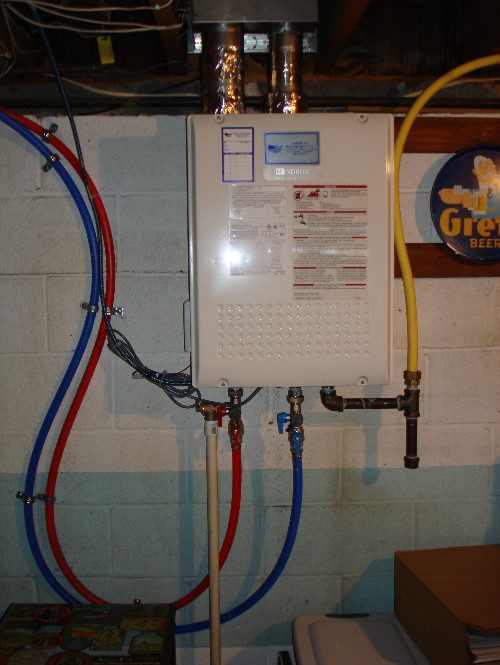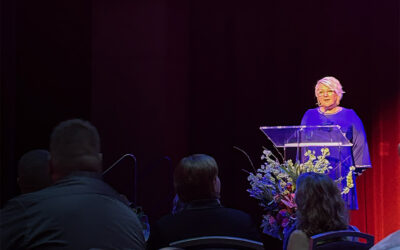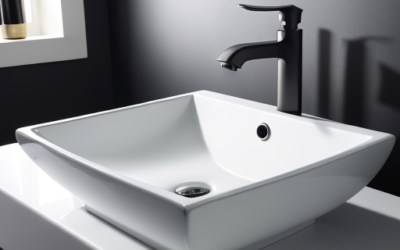Successful bath design professionals know they are selling a total experience, not just a collection of products. In luxury bath sales, hot water delivery systems may play an unglamorous, behind-the-scenes role, but one that is no less critical to a client’s ultimate satisfaction.
Water Heating 101
The most common method of heating water in the U.S. is with conventional tank-style storage water heaters. These heat and store 30 to 75 gallons of hot water like a thermos regardless of immediate need (i.e., the unit is cooking water even if no one is using it).
Tank-type water heaters generally have about 70 percent usable capacity, meaning a typical 50-gallon tank has about 30 to 35 gallons of truly hot water in reserve for usage. If demand runs higher than usual over a short period, the reservoir can run dry.
To put this in perspective, a standard tank-style heater in a comparatively cold climate delivers enough hot water to power two, 2.5 gallons-per-minute (GPM) showerheads and three 1 GPM body sprays long enough to take a four-and-a-half-minute shower.
A newer technology (for the U.S. at least), tankless water heating performs the same hot water delivery function as a conventional water heater. But, if properly sized for the application, it does its work in seconds, rather than hours. This savings in time translates into gains in energy efficiency with no sacrifice in comfort or convenience.
As the name indicates, there is no hot-water storage with tankless technology. Instead of heating stored water 24/7, tankless units fire up only in response to demand.
By using more powerful gas burners, a tankless water heater will boost the temperature of the cold water coming into the unit much more quickly than a tank heater can, providing a continuous flow of hot water at the preset temperature. Beyond speed, there are differences in the energy consumed by tank-style and tankless heaters.
- The average tank-style heater offers a 60 percent efficiency rating (six of every 10 dollars spent on energy produces hot water), while conventional tankless units average 83 percent.
- Condensing tankless water heaters use a second heat exchanger to capture even more heat from the combustion process, raising efficiency to more than 90 percent.
- Both types of tankless water heaters will maintain this thermal efficiency rating throughout their 20-year life expectancies, whereas the efficiency of a storage-type unit will drop over its eight- to 10-year lifecycle.
Proper Sizing
Tankless water heaters are sized by calculating the required temperature rise at a given flow rate, or GPM, for an application. That is, how many degrees the heater must raise the incoming water temperature to deliver the preset temperature at the outlet. Most manufacturers offer sizing guides or online software that help determine the unit best suited to a family’s hot-water needs.
Plumbing system designers and installers consider the following in determining this:
- The flow rate (GPM) required to meet peak hot water demand in a household.
- The cold-water input temperature: the temperature of the water entering the tankless unit.
- The hot-water output temperature: The desired, or preset, the temperature of the water exiting the unit.
Using the earlier example of an application requiring a flow rate of 8 GPM for two, 2.5 GPM showerheads and three, 1 GPM body sprays, people would need a water heater capable of delivering 8 GPM at a 70 degree F rise.

Smarter Hot Water
Two other key benefits of tankless water heating include:
- Cleaner water: Continuously heating water in a vessel inevitably generates sediment that accumulates at the bottom of the tank, undercutting water heater performance and shortening its life cycle. Also, because of all of that sediment, the hot water coming from such a unit isn’t clean. The technology exists to suppress scale buildup in tankless water heater systems, providing cleaner water for showering and laundry.
- Zero footprint = design flexibility: Tankless units are compact and hang on a wall so that they can be located virtually anywhere inside the home. This means these heaters can also be installed closer to the point of use – such as a new master bathroom. This proximity should result in reduced waiting time for hot water.
Many bath designers do not get involved in selecting and sizing water heating systems. But taking a more comprehensive approach will enhance a designer’s value to the clients while ensuring the performance of the space.
Jason Fleming, a six-year veteran of the tankless water heating business, serves as a national sales manager, wholesale for Noritz America, based at the company’s suburban California location. He may be reached at (949) 4689634; e-mail: jfleming@noritz.com (c) 2011 Cygnus Business Media




